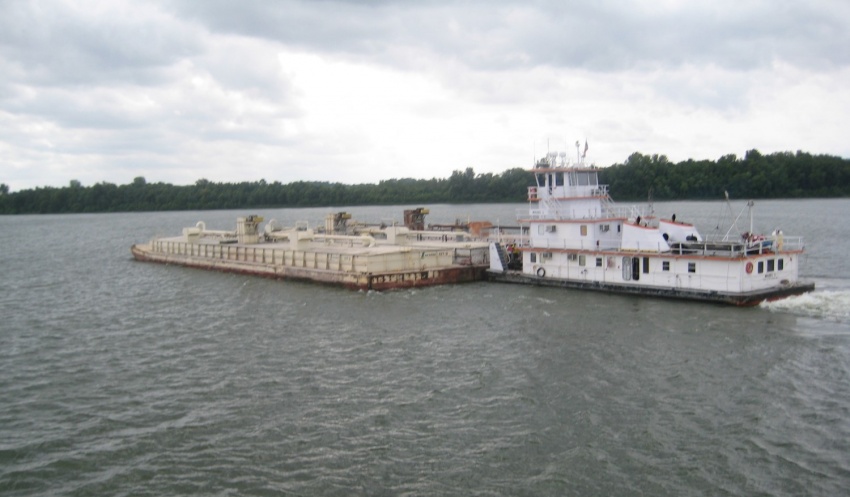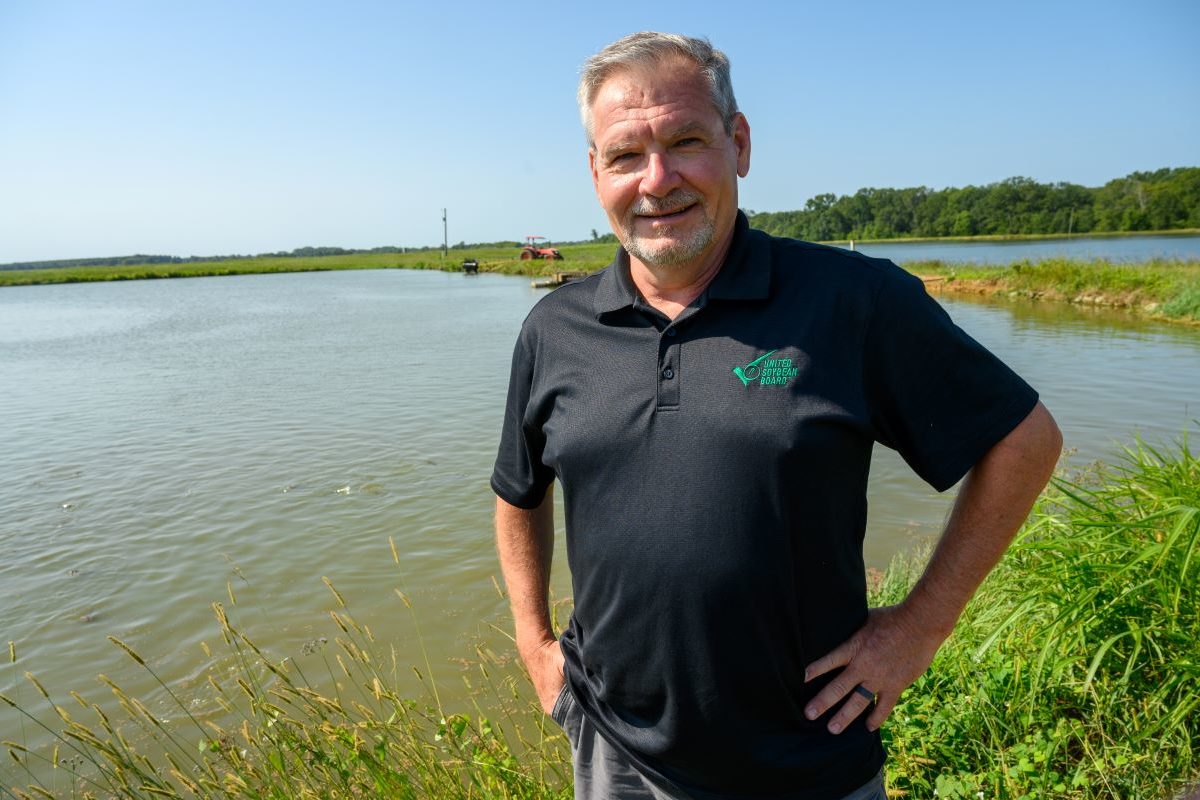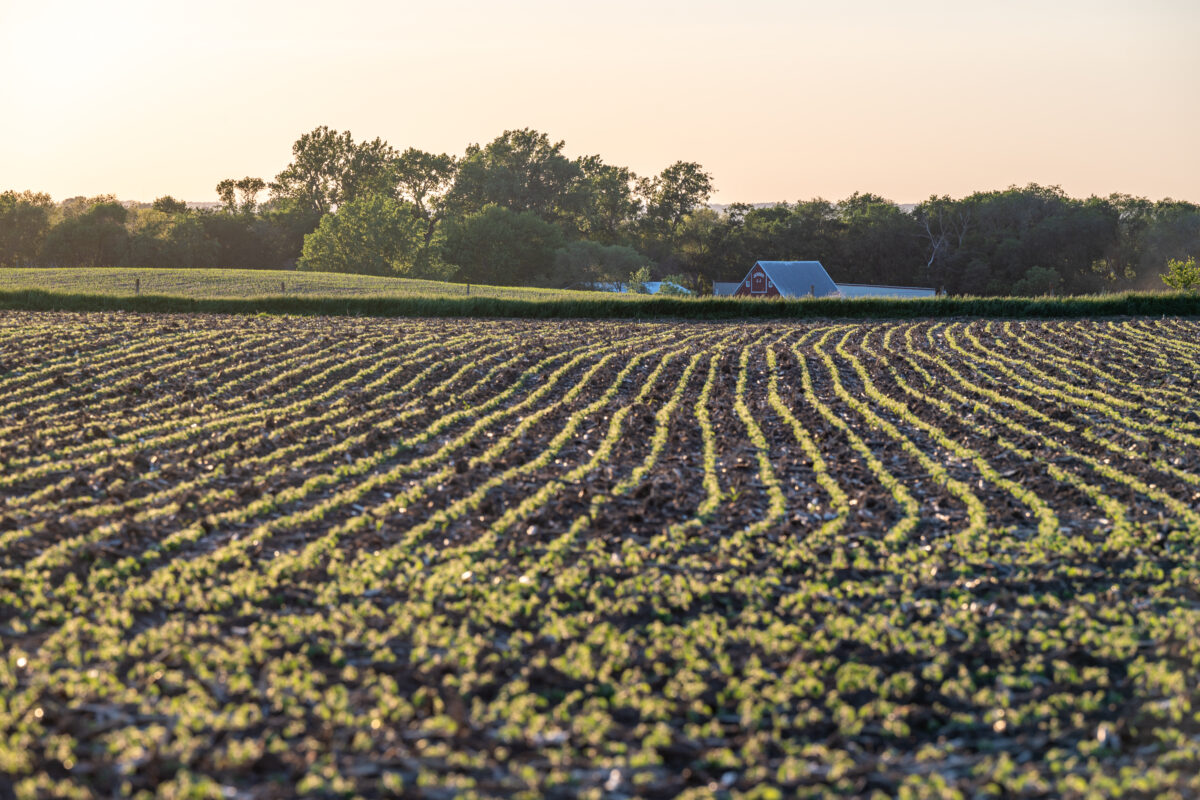Deeper Waters Ahead

Dredging of the Mississippi Moves Along
The U.S. Army Corps of Engineers recently signed off on a project to deepen a span of the Mississippi River.
The project includes the dredging of a 256-mile stretch of the lower Mississippi River from 45 feet to 50 feet deep. Increasing the depth by 5 feet will make the channel the same depth as the Panama Canal, so ships of the same size can navigate both locations.
James C. Dalton, director of civil works with the Army Corps of Engineers, supports what he calls a “economically justified and environmentally sustainable” project.
How Five Feet Could Add Soy Profits
The added 5 feet can have a great effect on the soybean industry and farmer profitability. Sixty percent of U.S. soybeans flow through this part of the river, from the Port of Greater Baton Rouge to the Gulf of Mexico. A deeper river allows for more soybeans transported for export.
The Soy Transportation Coalition (STC) published a report in May 2018 detailing the positive impact the dredging project would have on the soy industry. A deeper river will allow for bigger barges to be loaded with more soybeans. STC research reports the dredging will “increase soybean revenues by close to half a billion dollars annually.”
With an additional 5 feet, large Capesize vessels are expected to travel beneath bridges on the lower Mississippi River without issue. The volume for ships of this size is 120,000 metric tons, the largest dry cargo ships. The current ship size capable of traveling the river is 65,000-80,000 metric tons. Capesize vessels are too large to pass through the Suez and Panama Canals, and typically travel the Cape of Good Hope or Cape Horn to move between oceans. With larger ships able to hold larger amounts of cargo, the U.S. soy industry can stay competitive with other countries.
Infrastructure Investments to Match Growth and Need
According to the report, nearly all U.S. channels have a depth of 50 feet, except those in the Southeast and Gulf Coast. As this region is predicted to have the highest trade growth and population increase, the dredging project will accommodate that growth.
The Corps will use the dredged material to create new wetland areas in the Delta National Wildlife Refuge and Pass A Loutre Wildlife Management Area. Remaining material will be deposited in an existing dredge material site.
Upon the announcement of the USACE approval, Louisiana Governor John Bel Edwards said in a statement, “This is truly a great moment for Louisiana and the thousands of men and women whose livelihood depends upon the Mississippi River.”
The $237.7 million project still has some approvals to receive.
Mike Steenhoek, executive director of the STC says, “All too often, infrastructure investment is allowed to become a theoretical issue. The STC research clearly explains how this single infrastructure enhancement will have tangible benefit to individual farmers in individual states throughout the country. If our nation desires to make our farmers more competitive in a turbulent marketplace, this investment is an excellent place to start. May we have the will to do so.”



